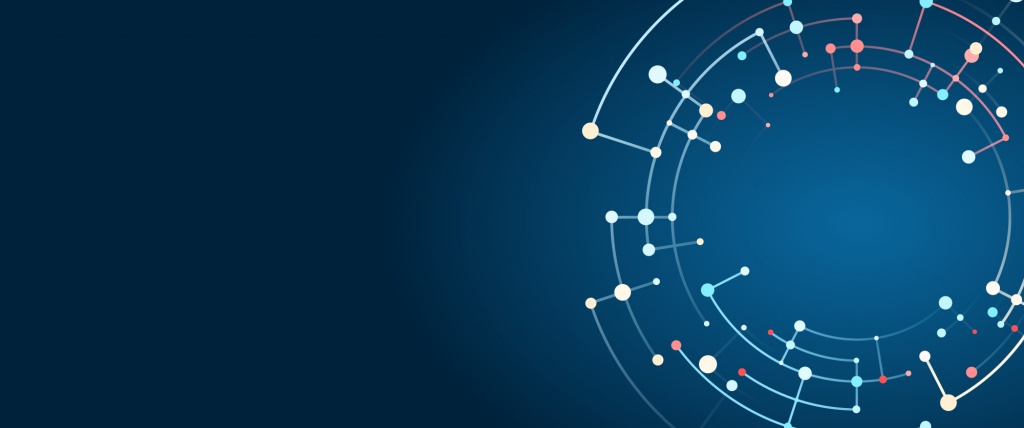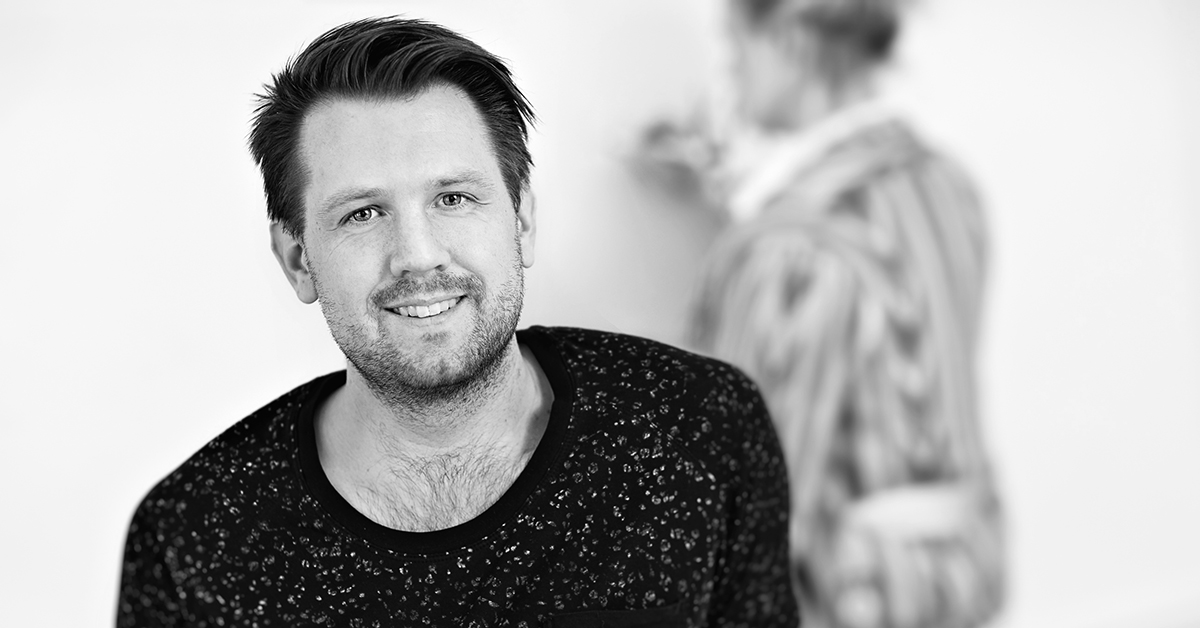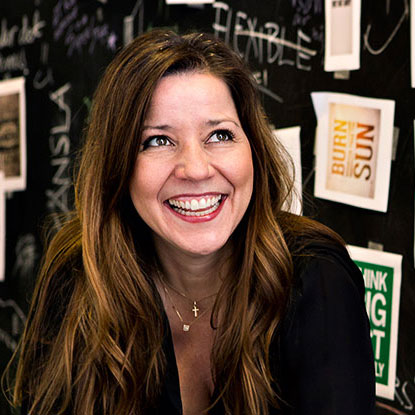Why design systems?Fredrik Broman, UX specialist here at KAN, supplies both answers and the rationale.

When systems are not in sync, problems tend to arise. Such as, for example, that a company’s different communication channels convey the brand in a patchy and incoherent way. Or, simply, that things don’t flow the way they should. The effects? Time is wasted, efficiency is worse than it needs to be and brand perception becomes unclear.
Many organisations experience these types of issues. Fortunately, there is a remedy. It is called a design system. Fredrik Broman, UX designer here at KAN, is an expert in these things. He explains:
”By definition, a system is about things that are connected in one way or another. Hence, working with design systems equals working with design in a systematised and connected way. This is particularly useful for companies with several digital services, like many of our customers.”
Something to hold on to
Fredrik has worked extensively with E.ON’s design systems. The energy supplier has many different online services, and different teams are managing them. Preferably, the end user – aka the customer – should feel that all of these services are consistent. There should be no doubt that they all originate from the same company. To create that consistency, you might need something to hold on to. And that hand rail, that is the design system: design files, common code, documented decisions etcetera.
Like design guidelines, but more?
“Exactly. Design guidelines are probably one part of it. But they deal with the visual side of things. Design systems also include code-related stuff. Like, for example, pre-coded components and guidelines for how and when these components should be used. And it is also about infrastructure. In large organisations, developers need access to the same tools and assets. That goes for everything from font files to code. And when there’s a lot of people involved, it also becomes important with version control, and that everybody is aware of the decisions that have been made. Design systems tie all this together.”
Which tools are best suited? Fredrik believes that can vary. Figma was chosen for the E.ON case, and the design teams from E.ON and KAN share the same Figma files. There is also a common code library that all developers use. One team have the overall responsibility for the design system. They make sure that both Figma and the code library stays aligned. They also document all decisions.

Many advantages
So this creates consistency, saves time and minimises confusion. Are there other advantages?
”Well, a consistent brand is a stronger brand. So brand consistency is something that adds value to the business. Moreover, saving time means saving money. And you also become more mobile, and more flexible. You can release things quicker, since so many of the design decisions already are made. And we, the backend developers, can sense that a culture of delivering value emerges. You don’t just make things up as you go. What is relevant is what works. And to find out what works, we can for example use SEO analysis or user testing.”
In the business world, you sometimes talk about “living documents”. In reality, many of those documents are never updated. They are in fact stone dead. But you’re saying that it is justified to talk about “living systems” here?
”Yes. Absolutely. That’s the whole point of it. With E.ON, this is definitely the case. We update the documentation all the time.”
Because the benefits are so obvious?
“Yes, I think so. The benefits of design systems are often clear to management. They’re like ‘great, just go ahead’. Developers and designers are sometimes another story. Some want to stick to their old ways, and only work in environments they know well. In a design system framework, they need to let go of that kind of thinking.”
Is it a prerequisite that the organisation is of a certain size? Or can design systems benefit smaller teams as well?
“There are benefits when you have several products. So it doesn’t have to be a huge organisation, but the benefits are bigger and clearer when there are different teams, with different responsibilities, that need to cooperate.
And we try to think: when we build something, it should be usable for all.”
Design system benefits:
- The entire organisation has access to – and use – the same decisions, tools and files
- Time and cost savings thanks to design decisions being in place
- A strong and coherent brand
- Builds a foundation for a culture that is set to deliver value
How can you and your organisation benefit from design systems?
Contact me to discuss!
Curious to learn more? Contact me.
